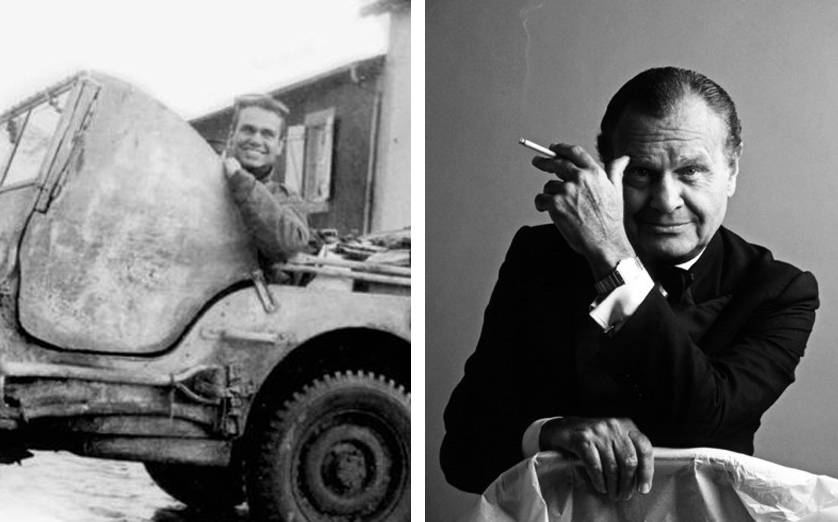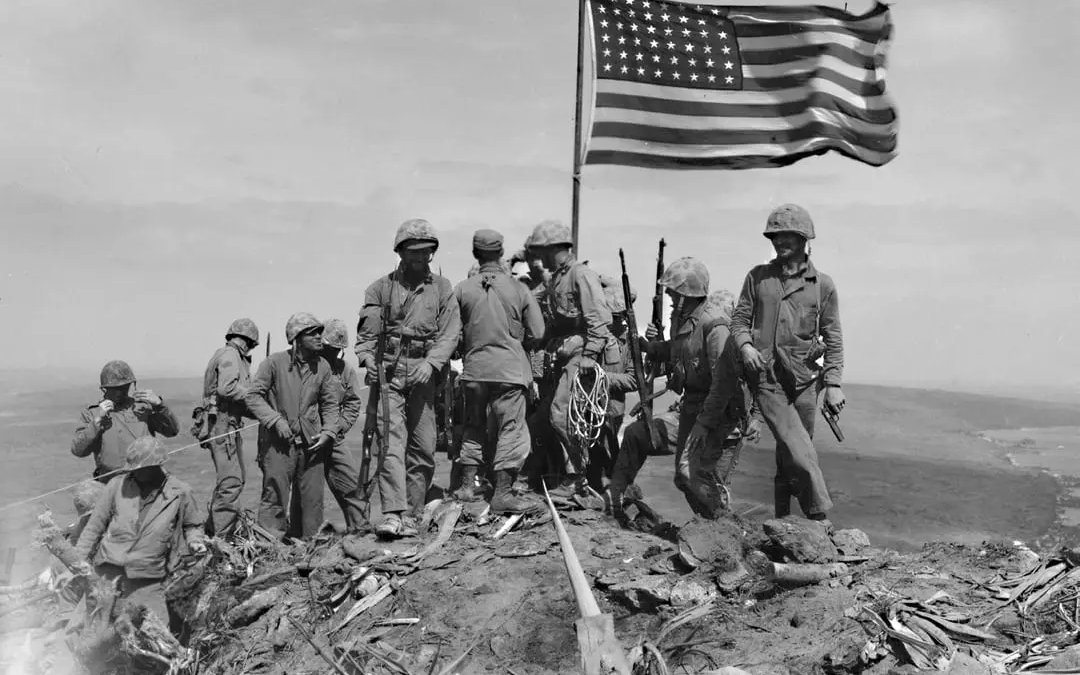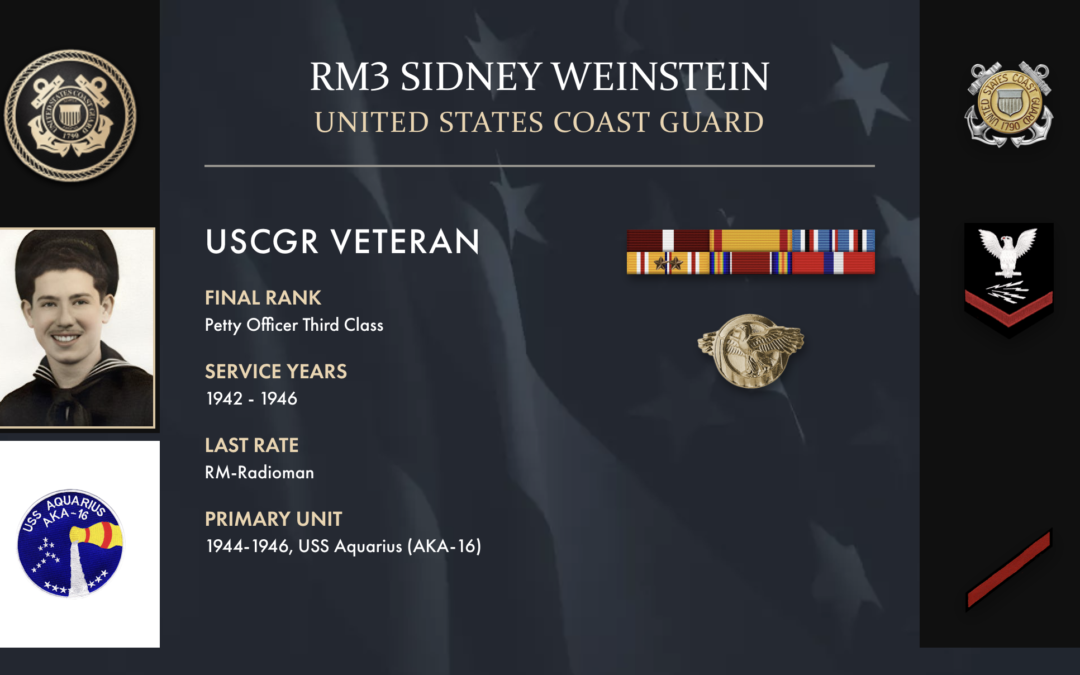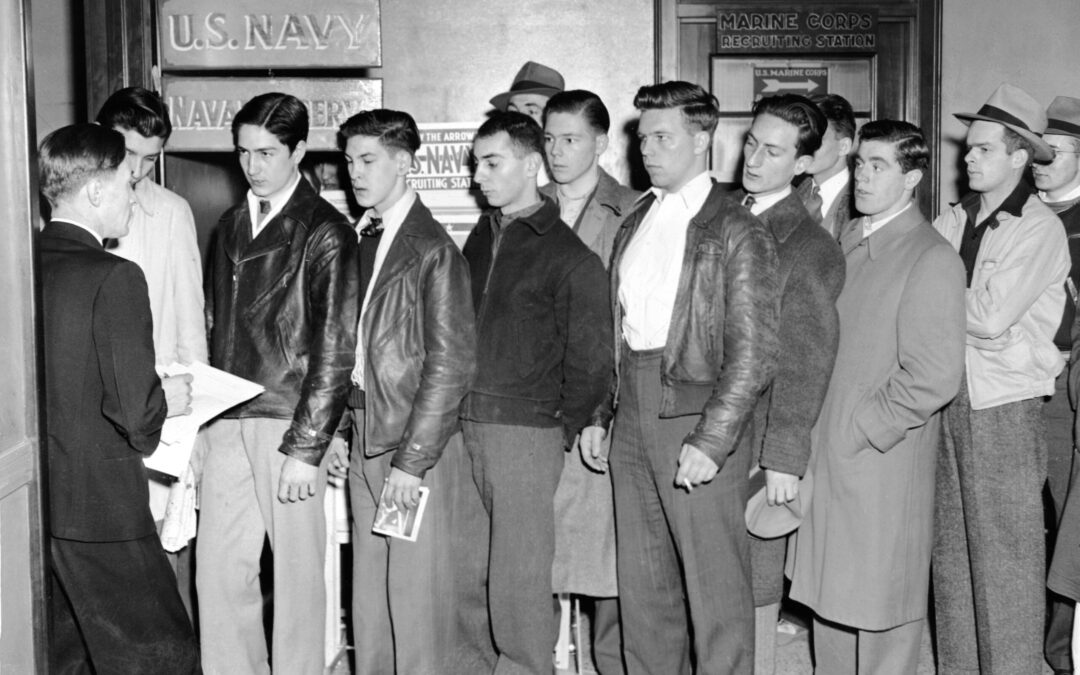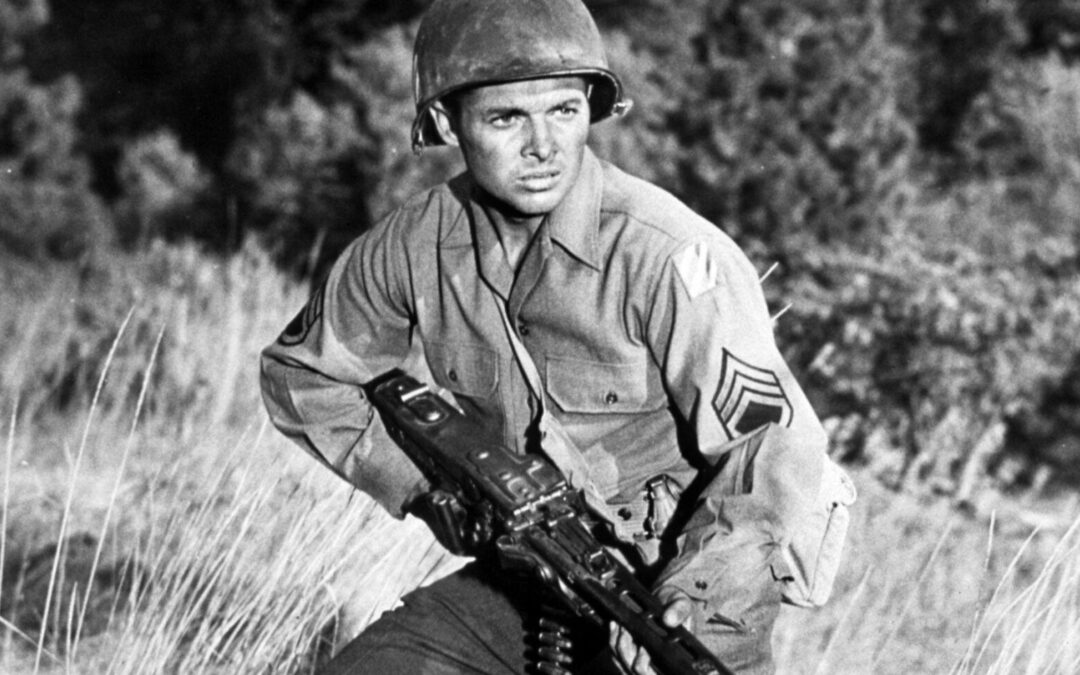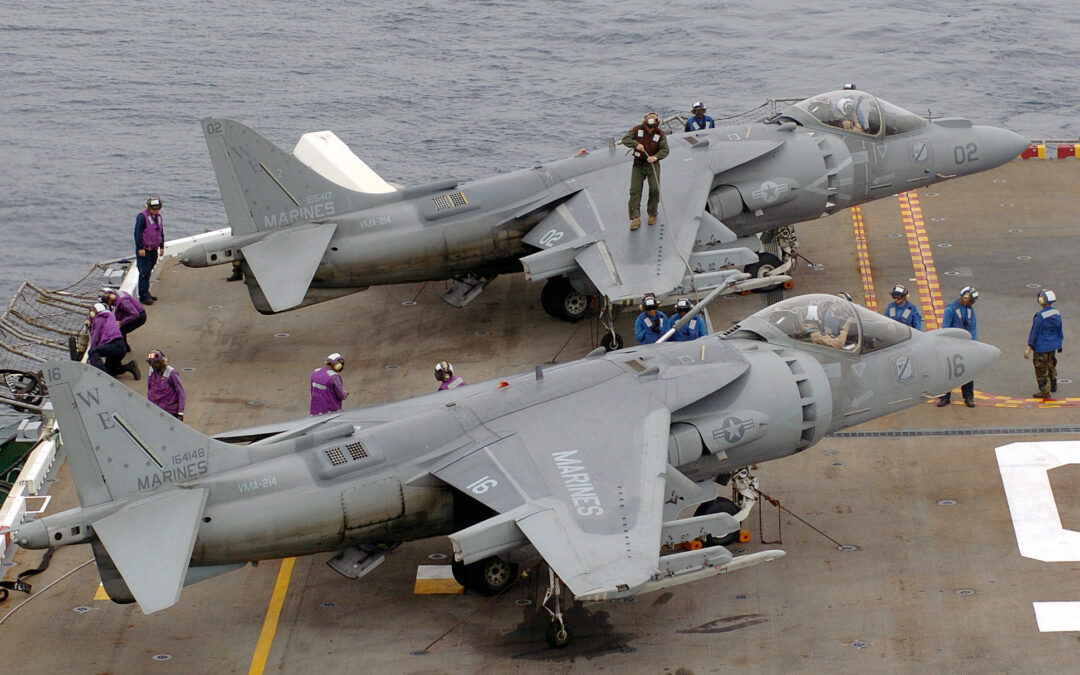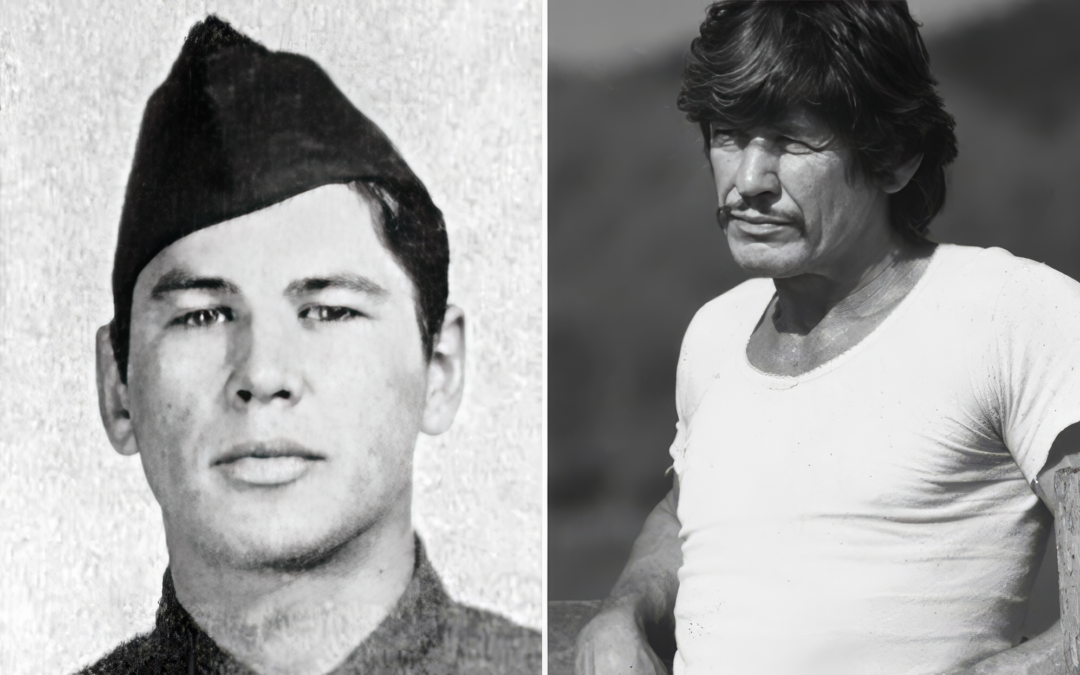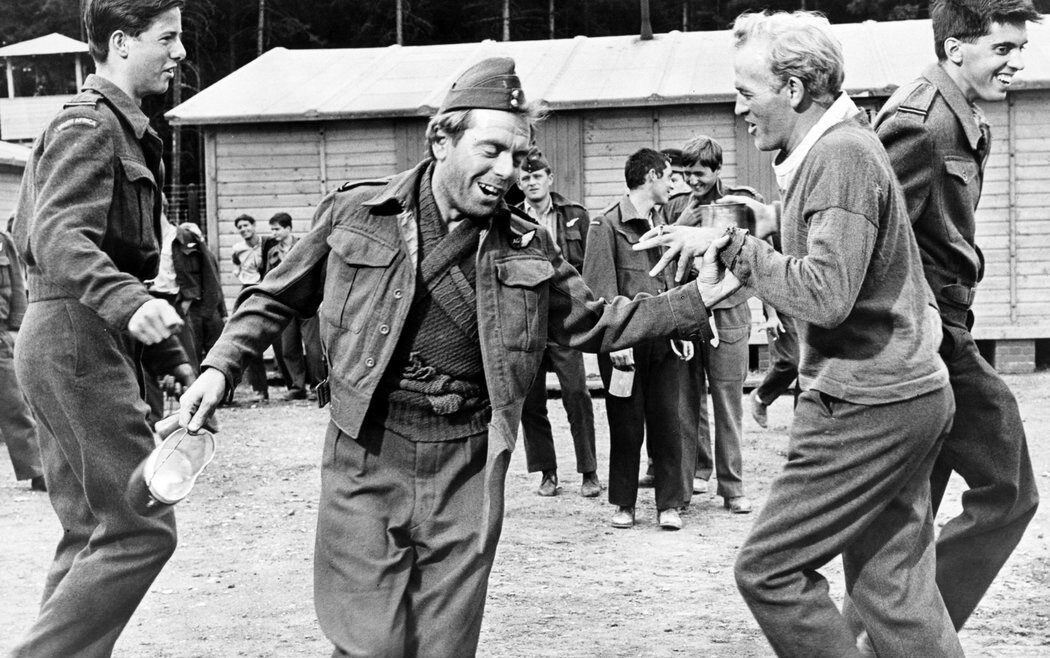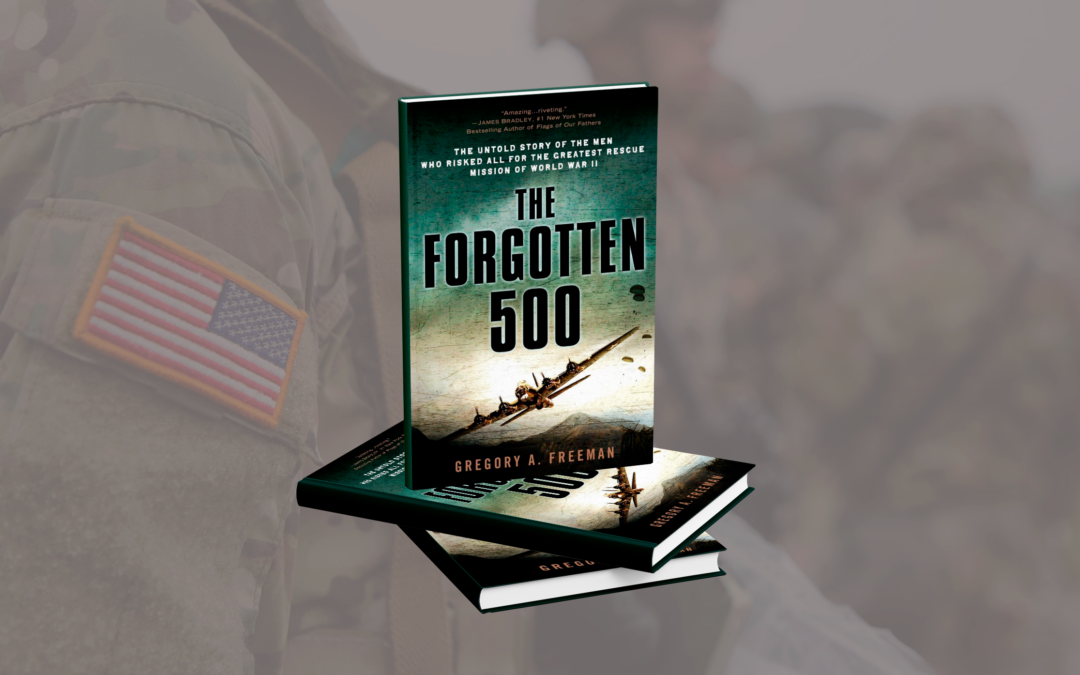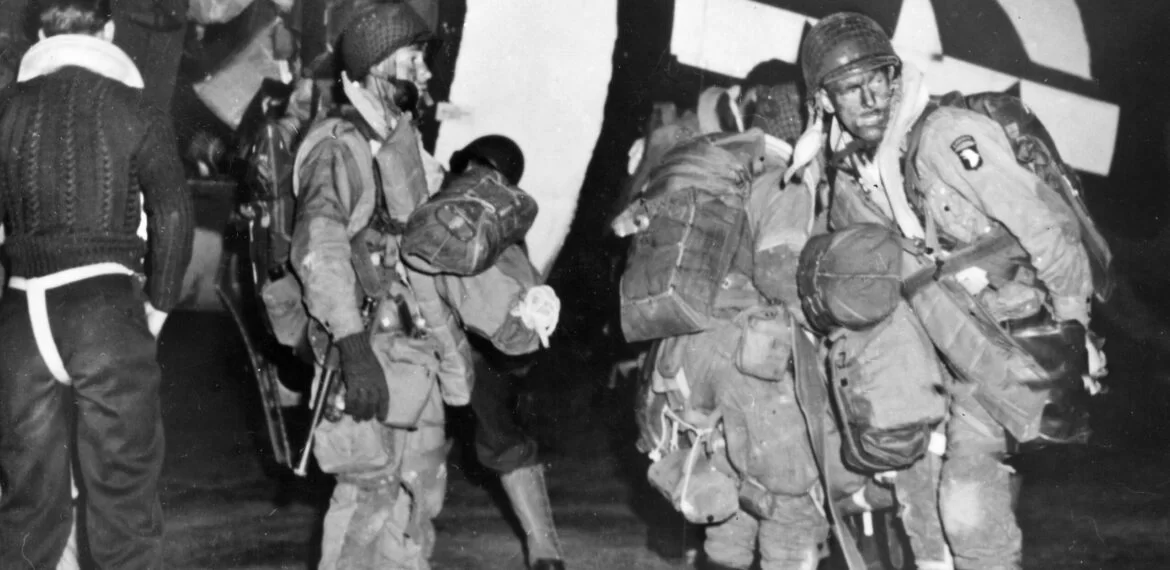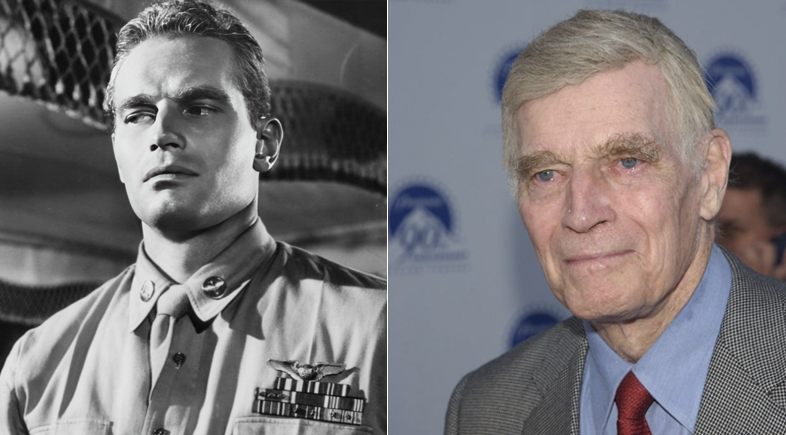William (or Bill) Ralph Blass who served in the US Army between 1943 and 1945 is better known for his contributions to the fashion industry. However, his efforts during World War II are as remarkable as they are unusual. William Ralph Blass was born on June 22 1922, in Fort Wayne, Indiana. His father was a traveling salesman, his mother a dressmaker. Sadly, Blass’ father committed suicide when Bill was 5. Bill took after his mother, sketching Hollywood-inspired fashions in the margins of his schoolbooks. At the young age of fifteen, he sewed and sold evening gowns to a New York manufacturer for $25 a pop. At seventeen, he had enough money to move to Manhattan and study fashion at Parson’s School of Design. One year later, he was the first man to win Mademoiselle’s Design for Living award. In 1942, he enlisted in the US Army. Bill Blass and the Art of War Deception Bill Blass’s talents were recognized by the Army and he was assigned to the 603rd Camouflage Division, a top-secret...
